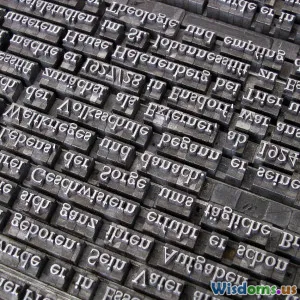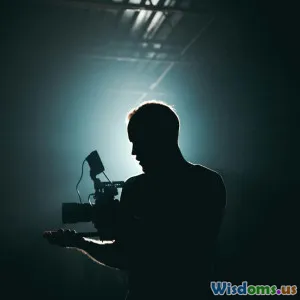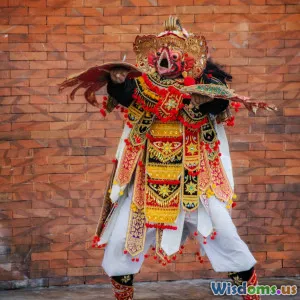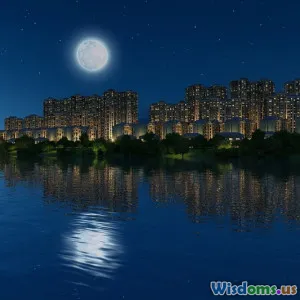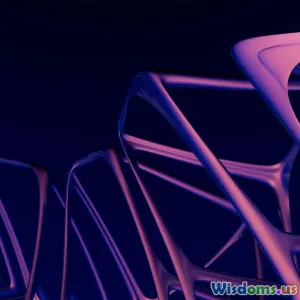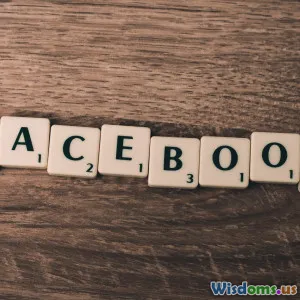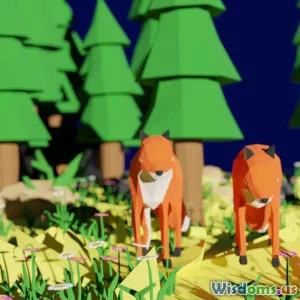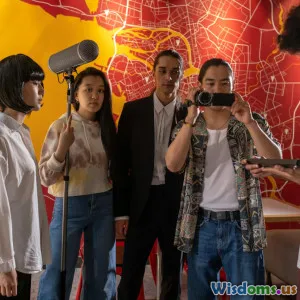
How to Collaborate Successfully With a Production Designer
8 min read Master the essential strategies to collaborate smoothly and effectively with production designers for compelling visual storytelling. (0 Reviews)
How to Collaborate Successfully With a Production Designer
Collaborating with a production designer can profoundly shape the aesthetic and impact of any visual production—from films and television to theater and advertising. The production designer crafts the physical world where stories come alive, harmonizing artistry with practicality.
When this collaboration is smooth, it results in immersive settings that authentically support narrative themes and character development. However, misunderstandings or misalignment of visions can disrupt the cohesion of the entire project. So, what does it take to collaborate successfully with a production designer? This article provides a comprehensive guide, clarifying roles, communication styles, challenges, and best practices, for achieving a productive & inspiring partnership.
Understanding the Role of the Production Designer
Before delving into collaboration strategies, it’s crucial to understand what a production designer does. The production designer is the head of the art department responsible for the overall visual concept of a production. Their responsibilities include:
- Developing and designing set concepts that fit the script and director’s vision.
- Selecting locations or advising on what environments to build.
- Overseeing set dressing, props, costumes coordination, and color palettes.
- Collaborating closely with the director, cinematographer, costume designer, and art department to maintain aesthetic consistency.
Famous production designers, such as Dennis Gassner ("Blade Runner 2049") or Sarah Greenwood ("Anna Karenina"), demonstrate how integral this role is in visual storytelling by creating atmospheric spaces that deepen narrative immersion.
By appreciating the depth and breadth of this position, collaborators can better respect creative boundaries and avenues of input.
Start Early: Involve the Production Designer From Pre-Production
The foundation of success is early engagement. Ideally, production designers should be involved in pre-production, even during script breakdown and location scouts. This early involvement allows them to:
- Understand the story thoroughly.
- Begin conceptual designs that resonate with script nuances.
- Assess budgeting for design elements and materials early on.
For example, Steven Spielberg’s practice involves close collaboration with his production designers long before principal shooting, enabling richly textured worlds that serve narrative arcs perfectly.
Skipping production designers or bringing them in late risks rushed decisions, budget overruns, and creative compromises.
Foster Clear and Continuous Communication
Collaboration thrives on effective communication. Establishing clear channels keeps all parties aligned throughout:
- Weekly progress meetings ensure concepts are on track and concerns are addressed.
- Sharing mood boards, sketches, and 3D models helps visualize abstract ideas.
- Transparent budget discussions prevent surprises.
A case in point: During "The Grand Budapest Hotel," director Wes Anderson maintained meticulous communication with production designer Adam Stockhausen through detailed storyboards and iterative model sets, resulting in striking, immersive visuals.
Tools like Slack, Trello, or even dedicated design software platforms streamline communication and artifact sharing.
Align Creative Vision: Bridge Artistic Perspectives
The director’s vision and the production designer’s creativity must harmonize. Differences in interpretation of thematic elements or time period revelations can lead to discord.
To bridge gaps:
- Schedule vision alignment workshops to fully discuss stylistic goals.
- Encourage open, respectful dialogue on potential design choices.
- Develop shared visual references—films, paintings, architecture—that inspire the project.
A notable example is "Mad Max: Fury Road," where collaboration between director George Miller and production designer Colin Gibson brought a singular post-apocalyptic look that enhanced storytelling through gritty, imaginative design elements.
Understand the Constraints and Flexibilities
Every production has limits—whether budgetary, time, or physical space. Production designers must operate within these to realize practical yet compelling designs.
Collaborators should:
- Clearly communicate production limitations early.
- Seek creative problem-solving rather than impose rigid demands.
- Be open to redesigns based on evolving logistics.
For example, in "Joker" (2019), production designer Mark Friedberg transformed New York City locations under tight budget and schedule constraints into evocative urban landscapes using selective set dressings and lighting effects.
Understanding these challenges promotes empathy and pragmatic decisions.
Respect the Expertise of Production Designers
Production designers bring invaluable specialized knowledge—from construction methods to historical aesthetics.
Trusting their expertise fosters better outcomes. Instead of micromanaging, collaborators should invite their recommendations and be willing to experiment with their ideas.
Sally Menke, the late editor of Quentin Tarantino, noted in on-set collaborations that when production designers were given room to lead spatial storytelling, the visual impact became stronger.
This mutual respect elevates the entire project's quality.
Manage Conflict Constructively
Disagreements can occur, whether over creative vision or logistical issues. Address conflict by:
- Listening actively to understand concerns fully.
- Finding compromise solutions when possible.
- Keeping the project’s storytelling goals as the priority reference.
During "Titanic" (1997), tension between production designer Peter Lamont and director James Cameron over ship set details was overcome through persistence and shared passion, resulting in remarkably accurate and awe-inspiring sets.
Proactive conflict management prevents tension from stalling progress.
Leverage Technology to Enhance Collaboration
Modern design and collaboration platforms bridge distances and speed workflows.
Tools include:
- CAD software for accurate layouts and designs.
- Virtual reality previews of sets allow directors and teams to experience the design before build.
- Cloud-based project management enables real-time updates.
For instance, the Netflix series "The Witcher" utilized 3D set models reviewed remotely by producers and designers worldwide, saving time and costly physical revisions.
Celebrate Contributions and Foster Team Spirit
An often overlooked but impactful practice is recognizing the production designer’s hard work and creativity.
- Acknowledge efforts in team meetings.
- Include them in key decision-making moments.
- Encourage cross-department bonding events.
This boosts morale and builds a positive collaborative culture.
Conclusion: Building a Dynamic Partnership
Successful collaboration with a production designer blends early involvement, transparent communication, mutual respect, and shared creative passion. It requires understanding the designer’s multifaceted role and working through constraints with openness and pragmatism.
When done well, this partnership shapes memorable environments that elevate storytelling to cinematic art. By applying these detailed strategies, any production can harness the full power of design expertise to captivate audiences and bring stories vividly to life.
Whether you’re a director, producer, or creative lead, nurturing your relationship with the production designer is key to unlocking visual storytelling excellence. Start these practices now and witness a transformative impact on your projects.
Rate the Post
User Reviews
Popular Posts











